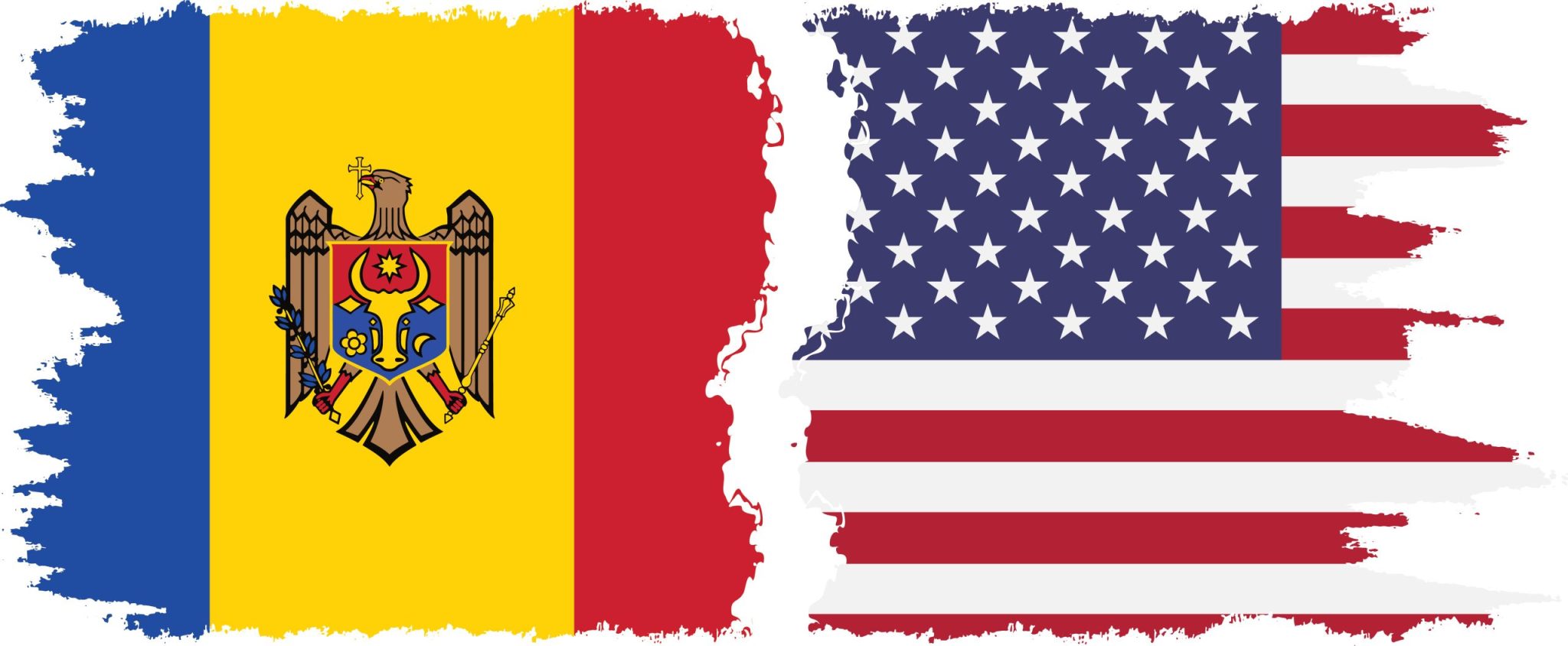The Kremlin is known for testing disinformation strategies in its “backyard” before applying them globally. Last week in Moldova, the presidential election and constitutional referendum on EU membership presented Russia with such an opportunity. Russia’s malign activity in Moldova—a country it views as a critical part of its sphere of influence—may not have been a dress rehearsal for the US presidential election, but it may provide a preview of Russian threats to come during and after Election Day. While the political environments in the United States and Moldova differ significantly, the votes do share a common feature: a polarized and almost evenly split electorate. That mistrust coupled with a razor thin margin of victory (as was the case in Moldova and is likely going to be the case in the United States) provides an opening for motivated Russian influence actors to amplify and potentially manufacture claims of voter fraud and suppression in the United States, two themes that dominated Russian messaging before, during, and now after the Moldovan elections and referendum.
Russia Alleges Voter Fraud in Moldova
After Moldovans narrowly voted in favor of a constitutional amendment to advance their country’s candidacy for EU membership, Russian Ministry of Foreign Affairs spokesperson Maria Zakharova implied that the referendum was rigged because late returns reversed earlier tallies that suggested the referendum might be defeated. Zakharova claimed that the results were “inexplicable”, thus concluding that the only possible explanation was fraud. Kremlin spokesperson Dmitry Peskov parroted this line. He similarly alleged that the final count represented “a mechanically hard-to-explain rate of increase in votes in favor of [Moldovan President Maia] Sandu and in favor of those referendum participants who favored an EU orientation”. To support these allegations, pro-Kremlin social media users shared an oft-used graph of the supposed vote count, suggesting that the observed “spike” in late votes—known colloquially as a “fraud curve” or “f-curve”—was evidence of ballot stuffing.

Figure 1: A post from a pro-Kremlin X user suggesting voter fraud in Moldova's EU referendum
As ASD noted in an election report in September, accounts in the United States used this same narrative and chart after this year’s Venezuelan election to suggest that incumbent President Nicolás Maduro had benefited from a statistically improbable late influx of votes, allegedly like Joe Biden did during the 2020 US presidential election. Despite significant international concerns about the validity of the Venezuelan vote, the data used to allege that Maduro benefited from a late surge was entirely fabricated. In the case of Moldova, late vote counts in favor of EU integration did reverse an earlier deficit, but as with the 2020 US presidential election, this seeming “spike” was explainable. It was statistically likely since diaspora Moldovans in Western Europe and North America voted, as predicted, overwhelmingly in favor of EU integration. Given the later time zones in those regions, these diaspora votes were counted last, in much the same way that mail-in and absentee ballots in the United States—which in 2020 were predominately distributed to Democrats—were also counted last, at least in some states.
The Kremlin clearly understands these election dynamics, but they also understand that general lack of understanding of voting patterns and, in some cases, voting laws among citizens create an opportunity to push spurious claims of fraud. With certain US actors already raising the alarm over so-called “ballot dumps”, it seems possible, if not likely, that Russia will amplify if not generate similar claims. A joint statement from the FBI, the Office of the Director of National Intelligence, and the Cybersecurity and Infrastructure Security Agency released the evening before Election Day seemed to confirm as much, with the intelligence community noting that “Russian influence actors recently posted and amplified an article falsely claiming that [US] officials across swing states plan to orchestrate election fraud using a range of tactics, such as ballot stuffing.” While election fraud narratives do not necessarily need a close election to take root, such a close race provides extra kindling for claims that fraud, even on a smaller scale, could affect final results.
Bomb Threats as a Voter Suppression Tactic
A day after the election, the German government accused Russia of orchestrating bomb threats against several Moldovan polling stations—including those in Germany and the United Kingdom. According to the Moldovan government, those false threats were intended to “stop the voting process” among expatriate Moldovans, who overwhelmingly voted for Sandu, the pro-EU candidate. This followed specific warnings from Moldova that Moscow was likely to deploy such “disruptive activities”.
Within Moldova, police were forced to shut down a bridge used by citizens in Transnistria, a pro-Russian breakaway region, to vote in Moldovan-controlled territory. Additional bomb threats were reported in Varnița, a town close to Transnistria. But regardless of who was responsible for those threats, actors aligned with Russia used the disruption as “evidence” of an intentional effort by the Moldovan authorities to suppress the pro-Russian vote, a claim that was peppered throughout Russian state media’s post-election messaging.

Figure 2: An RT article published on October 29 alleging voter suppression in the Moldovan election
If Russian state-sponsored actors were involved in some of the bomb threats, it would represent somewhat of a tactical shift. The use of real-world provocations to fuel disinformation is certainly not new; it has long been part of Russia’s active measures toolkit. Even in 2016, Russian intelligence operatives successfully organized political rallies, underpinned by mis- and disinformation, in the run-up to the US presidential election. But since then, government officials, industry, and civil society, especially in the United States, have been more concerned about malign foreign actors engaging in hacking and other cyber activity that could drive perceptions of widescale fraud at the ballot box. Phony bomb, active-shooter, or other physical threats would present a different challenge for election officials, given that such threats would, at a minimum, require a police response. While these threats are more likely than not to come from US domestic actors, any evidence, real or manufactured, of voter intimidation or suppression will likely be weaponized by malign foreign actors.
US election officials have already reported an increase in phony emergency calls this cycle, including so-called swatting incidents targeting election officials. If Russian or other foreign influence actors were to deploy fake threats targeted at officials or polling places—as Russia allegedly did in the Moldovan elections—they would face a well-prepared group of election officials and law enforcement. Still, any security-related disruption, orchestrated from Moscow or within the United States, would feed into conspiratorial narratives about a stolen election.
Conclusion
This year’s election in the United States is different from the two votes that recently took place in Moldova, where the specter of Russian interference loomed over every aspect of the campaigns. The specific information threats that appear in the United States on Election Day or in in the days thereafter may not be identical to those in Moldova. But the expected razor-thin margin in the US presidential race, coupled with a motivated threat actor in Moscow and a highly polarized electorate, makes Moldova a useful case study for those tasked with combatting foreign malign influence in the United States.
The views expressed in GMF publications and commentary are the views of the author alone.






